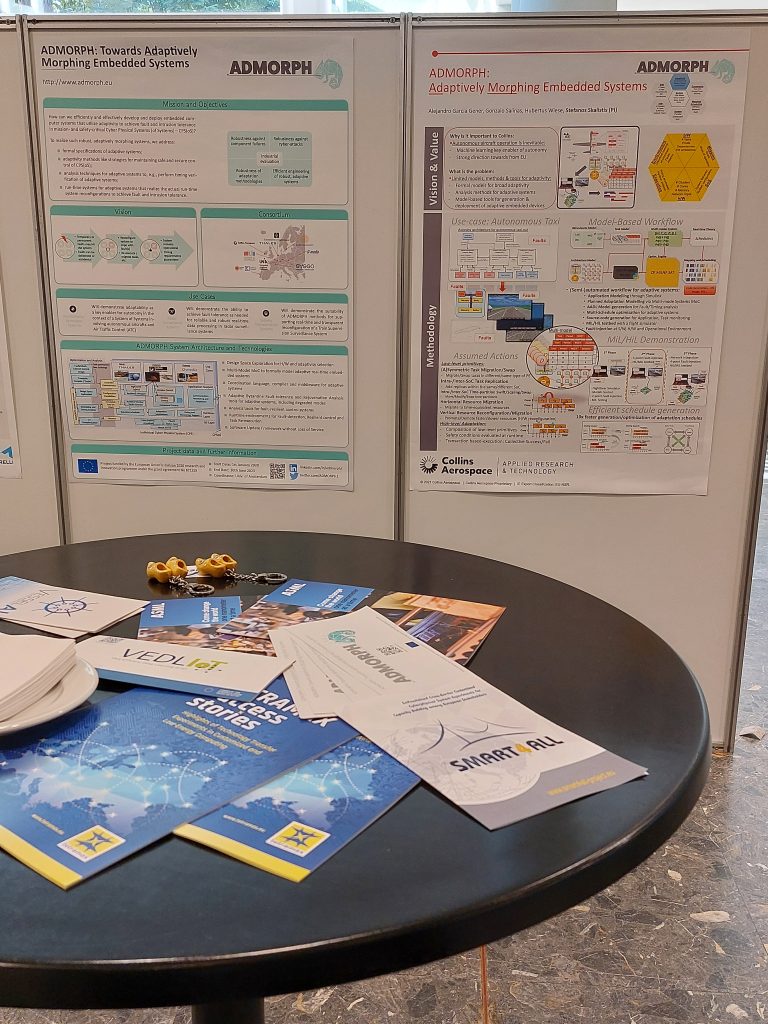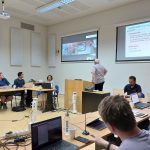ADMORPH at HiPEAC’22, in Budapest
The ADMORPH project was present at the HiPEAC 2022 Conference, which took place in Budapest, Hungary, from 20 to 22 of June.
ADMORPH posters were visible in the coffee-break area throughout the entire event, while an ADMORPH flyer highlighting the project vision, objective, use cases and architecture and technologies, was distributed to HiPEAC participants.
Furthermore, on June 20 the project participated in the DL4IoT workshop, with a presentation given by Stafanos Skalistis.





 When a controller is already in production phase, only small modifications will be allowed (changing some constants here and there)but this can potentially go a long way to enforce some robustness. In the paper we describe one of such small modifications to an existing control architecture and implementation and show that using the knowledge of past misses can improve the controller performance.
When a controller is already in production phase, only small modifications will be allowed (changing some constants here and there)but this can potentially go a long way to enforce some robustness. In the paper we describe one of such small modifications to an existing control architecture and implementation and show that using the knowledge of past misses can improve the controller performance.